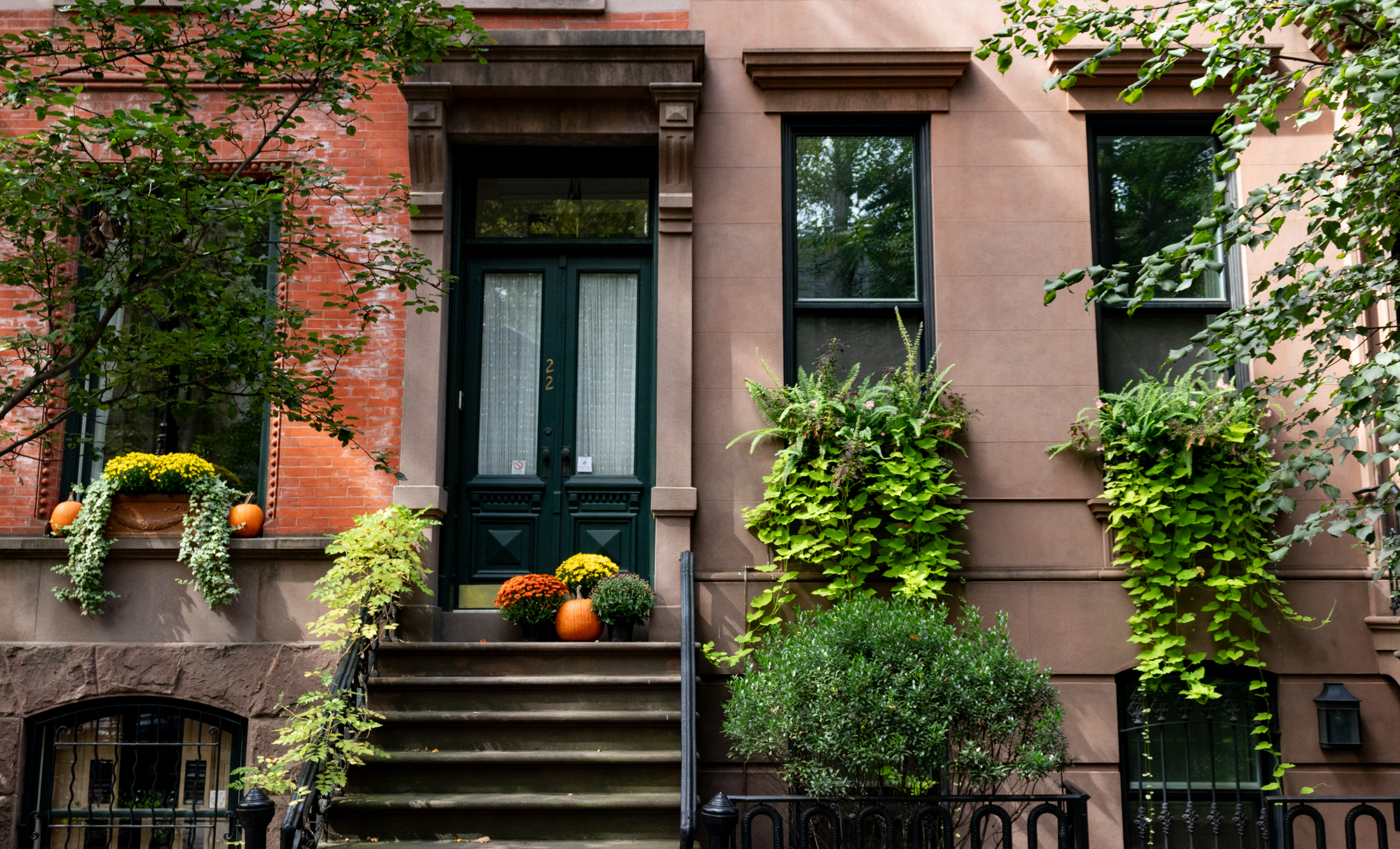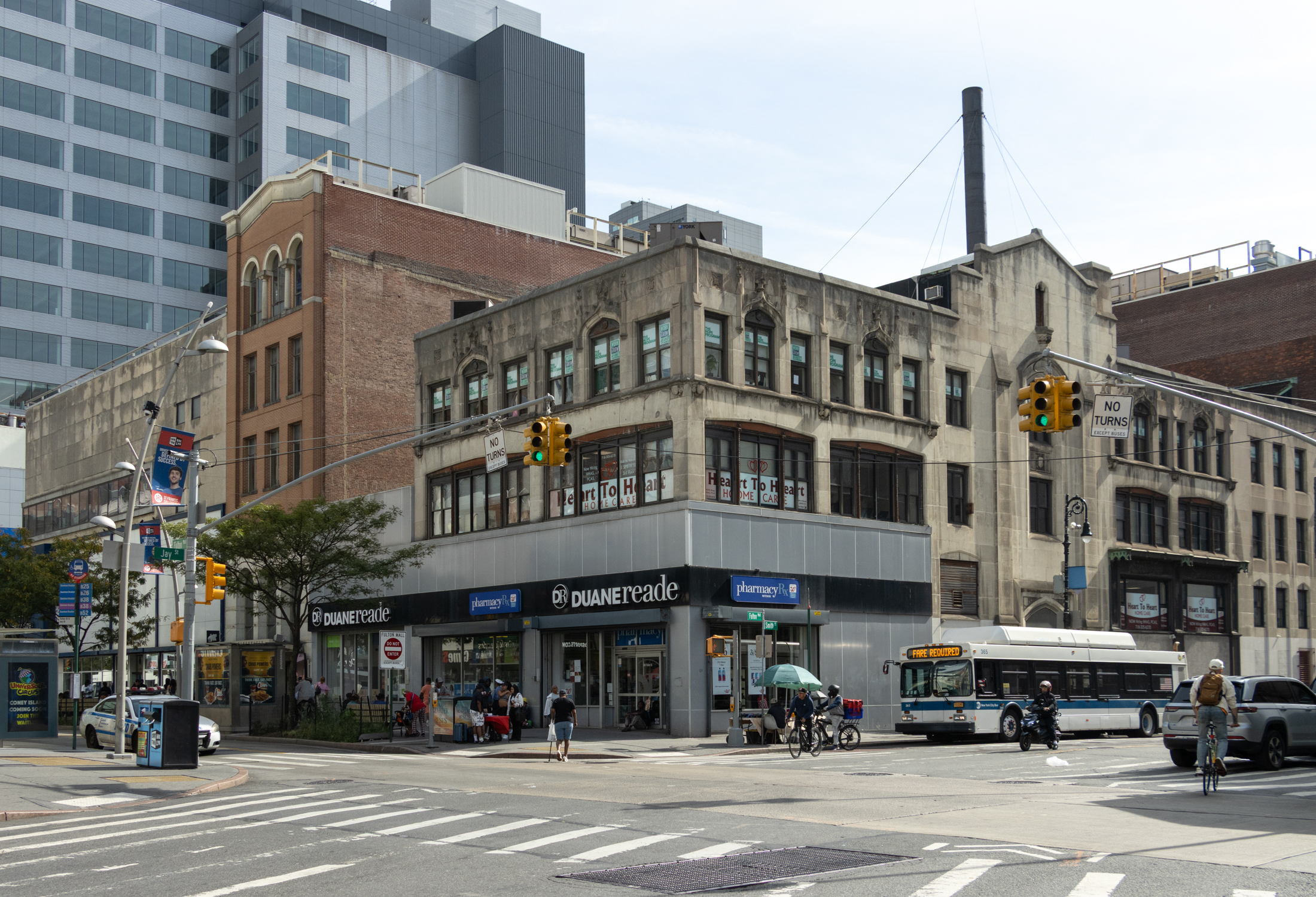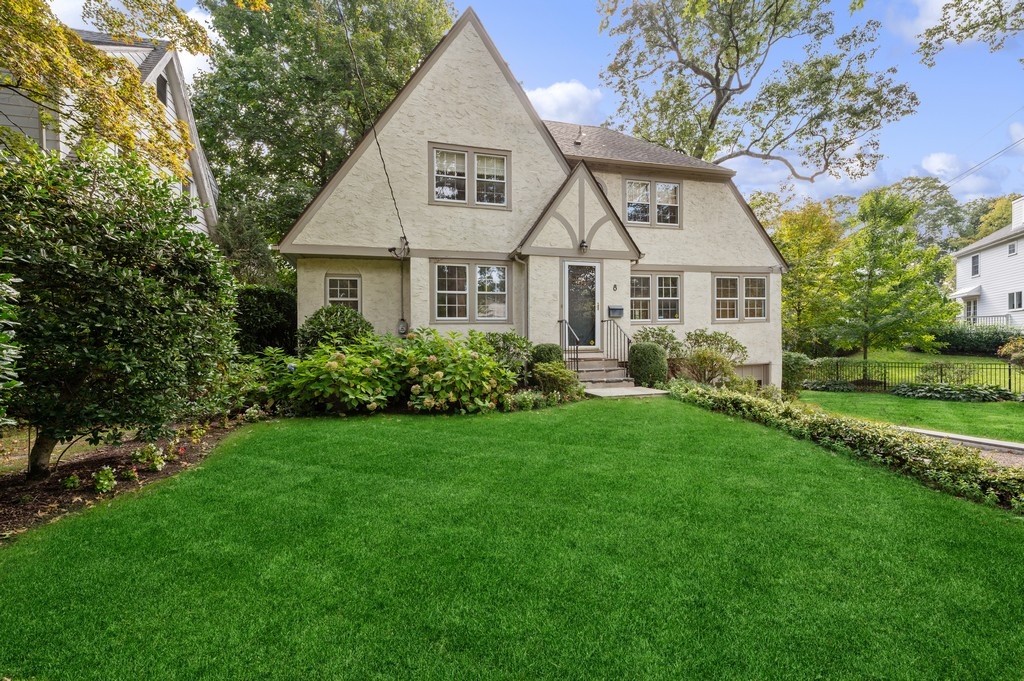A Look at L&M's Big Plans for Columbia Street
A couple of weeks ago L&M Equities gave its first public presentation about its proposal to build more than 170 units of housing on three sites near Columbia and Warren streets. The biggest building L&M’s planning would be 80-feet tall, require a two-block zoning change, include around 40 affordable housing units, and rise on what…


A couple of weeks ago L&M Equities gave its first public presentation about its proposal to build more than 170 units of housing on three sites near Columbia and Warren streets. The biggest building L&M’s planning would be 80-feet tall, require a two-block zoning change, include around 40 affordable housing units, and rise on what is now city-owned land (104-116 Warren Street). (The other two sites in the plan are 75 Columbia Street and 86 Congress Street.) Many local residents are wary of the scale L&M’s proposing. A person who lives on Warren Street, for example, told the Carroll Gardens Courier that the 80-foot height is so high up—it’s not part of the community. Think most people who live around Columbia Street feel the same way?
Zoning Change Opposed [Carroll Gardens Courier] GMAP





2:25, feel free to hurl.
There were about 250,000 more people in Brooklyn decades ago. Granted, Brooklyn’s population is rising but it will still be twenty years before we surpass our prior population.
Source:
http://www.nyc.gov/html/dcp/html/census/popcur.shtml
As for subway ridership, it was actually MUCH higher in the postwar era (about 8.5 million daily unlinked trips in the 50’s, which dropped to about 4.5 million in the early 80’s and is up to about 6.5 million daily unlinked trips).
Source:
The MTA website has historical data.
As for schools, the NYC school population is dropping. Overall youth population is growing, but a higher proportion of kids are in private schools (yuppies send their kids to private schools and the Hasidic/Orthodox population is booming).
This whole “overcrowded” crap is a few immigrant neighborhoods and a few high-performing schools. Basically ALL the schools in Brooklyn Heights and Boerum Hill have lots of room, while Cobble Hill and Carroll Gardens (with I think one exception) have room.
And we don’t have to worry about the affordable housing going market rate in 20 years.
2:17 your post is ridiculous and makes me want to hurl in your general direction, because you have no idea what you are talking about if you think the public schools are half empty and that the Brooklyn subways transported more people 40 years ago than they do today.
If my argument are not valid then why doesn’t the city give the land to non-profit developer and have 100% of the development be affordable housing? This way you don’t have to worry about families bothering the developers precious luxury tenants and we can keep the size of the building to a more contextual level.
1:42, your objections are ridiculous. The schools in Cobble Hill/Carroll Gardens aren’t overcrowded- they are half empty. Brooklyn subways are the least crowded of the four main boroughs. Brooklyn has about 250,000 fewer people than 40 years ago.
80 feet will result in a 7 or 8 floor building- hardly inappropriate for this location.
As a believer in affordable housing, I must say that the questions by 1:42 don’t really strike me as all that valid. Why one bedrooms and studios as affordable housing – because the owner doesn’t want large families to bother his market rate tenants. Why place the affordable housing on the bad side of the building – because developer isn’t going to further reduce his profit by assigning the affordable housing units to the best locations. NYC is going to have more people in it – they can’t all be housed in four story townhouses. 8 stories in NYC is hardly a skyscraper. And if the schools are overcrowded then we should build new schools. If there isn’t good public transportation we should add more, nto expect developers to create a bunch of vans going back and forth to specific buildings. There is no guarantee of beautiful open light in NYC. Only the endless struggle to balance what is and what can be…
First of all these are not vacant lots. There are existing buildings that are vacant in all of these locations, some of which are quite beautiful and have historical significance to the waterfront. The problem is not vacant lots being turned into housing but that it is done correctly in a way that is best for the long term vitality of the neighborhood. For example why destroy the existing buildings which could easily be reused or incorporated into the new plans. When the city is essentially giving this land to the developer why is only 20% of the new housing going to be affordable housing and why will this housing become market rate in another 20 years. Why does the affordable housing mostly include studios and one bedrooms. Clearly they are not creating affordable housing aimed towards families who can grow with the neighborhood. Why is all the affordable housing in one building facing the BQE. Why is it 8 stories high when most of the surrounding neighborhood is 4 stories high. Once one person is allowed to build 8 stories then everyone will want to build at least 8 stories. The public schools and subways are already overcrowded. What plans does the city have to alleviate this overcrowding. Will the building provide morning and evening transportation to and from Borough Hall? What about all the beautiful open light in this small section of Brooklyn, which attracted people to the neighborhood as it exists today. This will all be destroyed by selfish myopic developers who will make a mess and leave it for the community to clean up.
Sounds to me like they don’t have a life, given that their quality of life will in no way be negatively impacted by vacant lots turning into housing.
Sounds like they do have a life and wish to maintain the quality of aforementioned life.